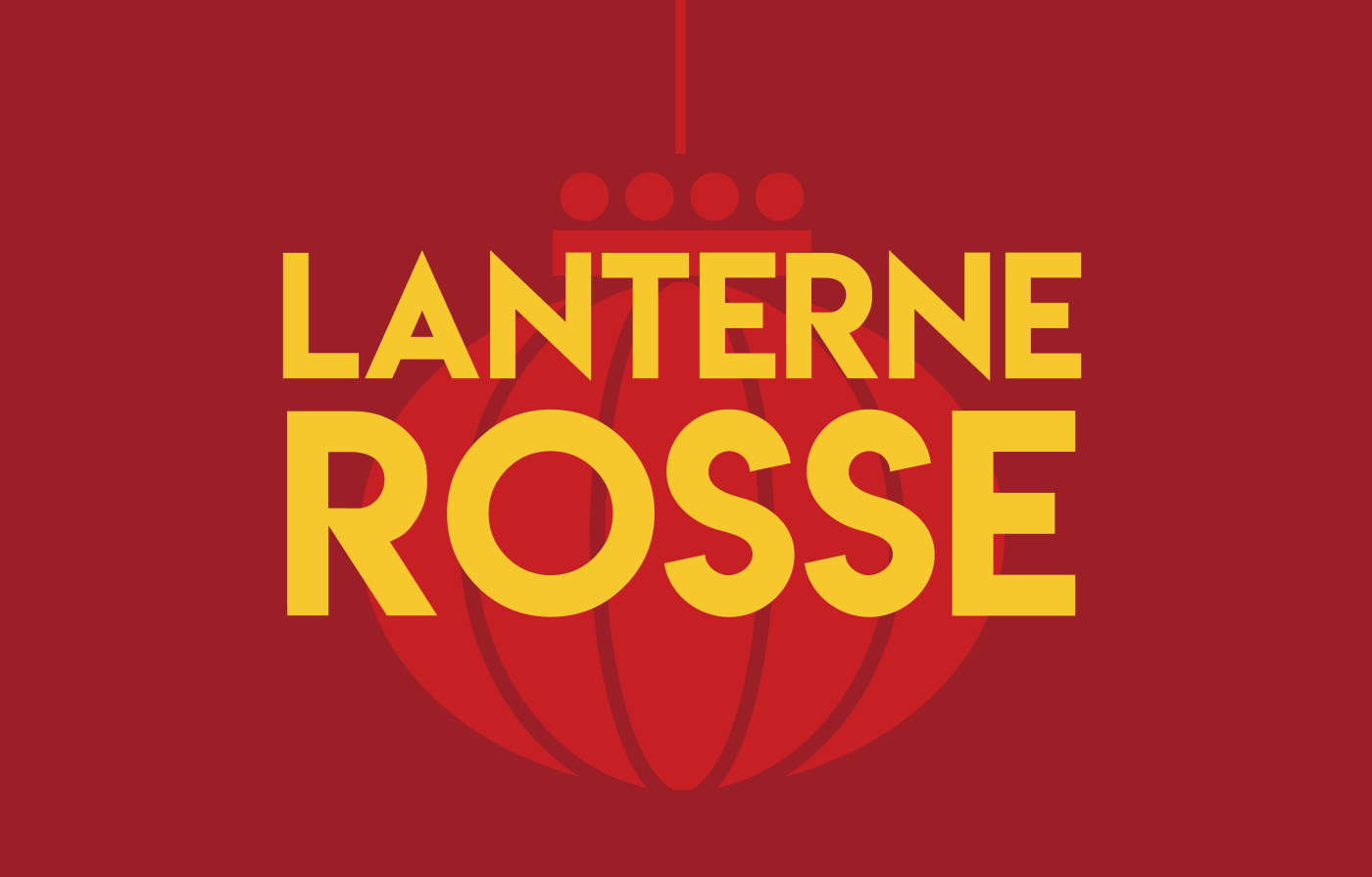Manila warns video of warship deployed in Sabah dispute is fake
The Philippine Navy says video circulating online was produced by ‘artificial intelligence.’ Meanwhile, a warship from the archipelago has joined ASEAN exercises beginning today in Malaysia. The dispute is linked to unresolved territorial issues and the battle for security being fought (also) in the realm of information.
Kuala Lumpur (AsiaNews) - The Philippine Navy has categorically denied, branding it as completely ‘false’, a viral video circulating on YouTube in recent days claiming that one of its warships had been sent to Malaysia in connection with the dispute over Sabah.
Officials have clarified that the arrival of the BRP Antonio Luna in Penang on 9 August was for the purpose of participating in the third multilateral naval exercise hosted by the Royal Malaysian Navy.
The event, promoted by the organisation that brings together 10 Southeast Asian nations, is scheduled to run from today until 22 August, followed by a separate bilateral exercise with local sailors from 25 to 29 August.
The controversial video, uploaded by a channel launched only on 13 June and with about 3,000 subscribers, sought to link the deployment of the ship to last November's protest in Kuala Lumpur against laws sought by Manila claiming rights over Sabah.
This claim, rooted in the Philippines' historical ties to the Sultanate of Sulu, has remained a point of contention since 1963, when the United Kingdom transferred the territory to Malaysia despite opposition from the Sultanate.
Far from being a show of force, Manila described the deployment as an exercise in naval diplomacy. The deputy commander of the Philippine Navy, Major General Edwin Amadar, told the South China Morning Post (SCMP) that the mission was “more than just a routine operational task”.
On the contrary, it represents an expression of the Navy's commitment to “promoting regional maritime cooperation by fostering interoperability with the navies of our partner countries”. It also contributes “to the collective pursuit of peace, stability and security in the maritime domain”.
The North Borneo dispute, also known as the Sabah dispute, is a territorial dispute between Malaysia and the Philippines over much of the eastern territory of the state of Sabah, formerly known as North Borneo.
The Philippines, presenting itself as the successor state to the Sultanate of Sulu, maintains a ‘dormant claim’. However, Kuala Lumpur considers this dispute a “non-issue”, as it interprets the 1878 agreement as one of cession, and believes that the residents of Sabah exercised their right to self-determination when they joined to form the Malaysian federation in 1963.
The ASEAN exercise includes both port activities and maritime manoeuvres aimed at addressing maritime security challenges, while deepening trust and understanding among regional navies.
The bilateral phase with Malaysia will include joint planning, navigation exercises and tactical engagements aimed at further strengthening maritime security cooperation. Nevertheless, the story surrounding the viral video highlighted how quickly disinformation can influence perceptions in the region's contested maritime space.
The SCMP quoted digital creator Jon Limjap, who described the YouTube video as ‘Chinese propaganda to save face after the Chinese boat collisions.’ This was a reference to recent incidents in the South China Sea involving Beijing's navy ships.
Australia-based defence and security analyst Max Montero warned that ‘the information war is intensifying,’ adding that such online narratives are increasingly being used alongside the traditional art of governing.
The convergence of naval exercises and online disinformation illustrates the delicate balance in Southeast Asia, where governments pursue cooperation at sea even as unresolved disputes remain in the background. Among the many is Sabah, where the battle for security is being fought not only with ships and sailors, but also in the contested realm of information.
27/07/2016 10:02
15/01/2007





.jpeg)

.png)










